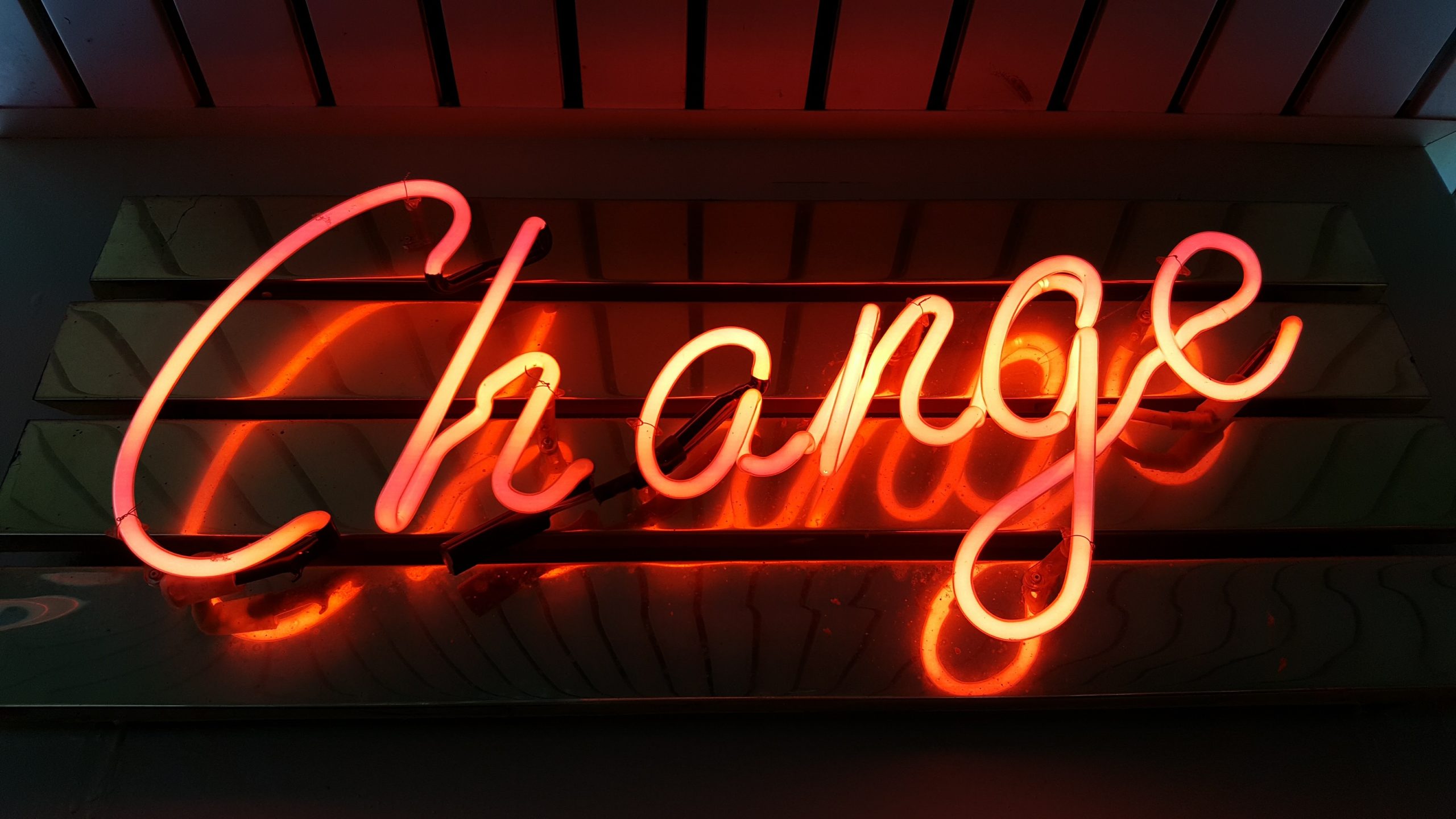Celtic New Year Traditions: Deep-rooted Customs and Celebrations
The Celtic New Year, known as Samhain (pronounced sah-win), is a significant celebration in the Celtic calendar. Falling on the eve of November 1st, it marks the end of the harvest season and the beginning of winter. With its deep roots in Celtic culture and mythology, Samhain is a time of communal gatherings, religious rituals, and traditional customs. In this blog post, we will explore the fascinating world of Celtic New Year traditions and discover the enduring customs that continue to be celebrated today.
A Brief Historical Background
The Celtic people, who inhabited various regions of Europe from around 1200 BC to 400 AD, had a rich and intricate culture. They believed that the division between the physical and spiritual world was thinnest during the time of Samhain. This belief led to the development of customs and practices which sought to honor and connect with the supernatural.
With the arrival of Christianity, many of the Celtic traditions became intertwined with the Christian calendar. Elements of Samhain merged with the Christian holiday of All Saints’ Day, celebrated on November 1st. The eve of All Saints’ Day came to be known as All Hallows’ Eve, eventually evolving into the holiday we now recognize as Halloween. Despite this merging of traditions, Celtic New Year rituals and customs have persisted throughout the centuries.
Honoring Ancestors and Spirits
Central to Samhain customs is the belief that the spirits of ancestors and other supernatural beings visit the mortal realm during this time. Celtic communities would gather and offer hospitality to these spirits, hoping for their protection and guidance in the coming months.
One prominent tradition is the lighting of bonfires on hilltops, which serves both practical and symbolic purposes. The fires are believed to ward off evil spirits and provide warmth and protection from the encroaching winter. Additionally, these fires were a beacon to guide the souls of departed loved ones back to their ancestral homes.
Another common practice during Samhain is the creation of altars or shrines dedicated to ancestors. Families would prepare offerings such as food, drink, and symbolic objects to honor their deceased relatives. It was believed that these offerings would ensure the spirits’ favor and protection throughout the coming year.
Divination and Prophecy
Samhain is considered a liminal time, where the boundary between the past, present, and future blurs. This transitional period was seen as favorable for divination and foreseeing the future.
One divination practice involved bobbing for apples. Apples were considered sacred fruits, symbolizing immortality, wisdom, and fertility. By bobbing for apples, individuals would try to grasp an apple with their teeth. It was believed that the first person to successfully capture an apple would be the next to marry or experience good fortune in the coming year.
Another popular divination method was the use of hazelnuts. Participants would write their names on hazelnuts and place them in a fire. The person whose hazelnut popped or cracked the loudest would be the first to marry or achieve success.
Costumes and Masquerades
In ancient Celtic societies, wearing costumes and masks was a common practice during Samhain. People would don costumes made from animal hides and masks crafted from wood or leather. These disguises aimed to confuse and ward off any malevolent spirits that may be present.
Today, this tradition has evolved into the vibrant and eclectic costumes we see on Halloween. People dress up as various characters, creatures, and supernatural beings, embracing their imagination and creativity.
Feasting and Merriment
The Celtic New Year was a time for communal gatherings and feasting. After the harvest, communities would come together to celebrate and share their abundance.
A key ingredient in Celtic New Year feasts was the traditional dish called barmbrack. Barmbrack is a fruitcake-like bread, with various objects baked inside representing different fortunes for the upcoming year. For example, finding a ring meant marriage, while a coin predicted prosperity.
Music, dance, and storytelling were integral to Samhain festivities. The sound of traditional instruments such as harps, pipes, and drums would fill the air as people danced around bonfires, sang songs, and shared tales of mythical creatures and heroic exploits.
Modern Celebrations and Adaptations
Celtic New Year traditions have endured and evolved over time, finding expression in modern celebrations. While some communities in Celtic regions continue to hold onto ancient customs, others have merged them with contemporary festivities.
In Ireland, the birthplace of many Celtic traditions, there are still Samhain celebrations that include bonfires, storytelling, and traditional music. The ancient pagan roots coexist with Halloween festivities and a strong sense of cultural heritage.
Other regions, such as Scotland and Wales, also maintain distinct Celtic New Year customs. From torchlight processions to community ceilidhs (traditional Gaelic social gatherings involving music and dance), these traditions provide a heartfelt connection to the past and a sense of shared identity.
The global popularity of Halloween has further influenced how Celtic New Year traditions are celebrated. Trick-or-treating, carving jack-o’-lanterns, and haunted house attractions have become a ubiquitous part of modern Samhain festivities.
In Conclusion…
Celtic New Year traditions reflect a deep-rooted cultural legacy that continues to thrive today. The customs of honoring ancestors, divination, costumes, feasting, and communal celebrations remind us of the enduring spirit of the Celtic people and their connection to the supernatural world.
Whether you find yourself bobbing for apples, joining a torchlight procession, or simply enjoying the festive atmosphere of Halloween, take a moment to appreciate the rich tapestry of Samhain traditions and the Celtic heritage they represent.
References:
- Ireland.com: Samhain – The Origins of Halloween
- TheCultureTrip.com: A Guide to Celebrating Halloween in Scotland
- National Geographic: The True History of Halloween
- The Irish Post: 11 Ancient Irish Traditions to Celebrate Samhain
Table of Contents
